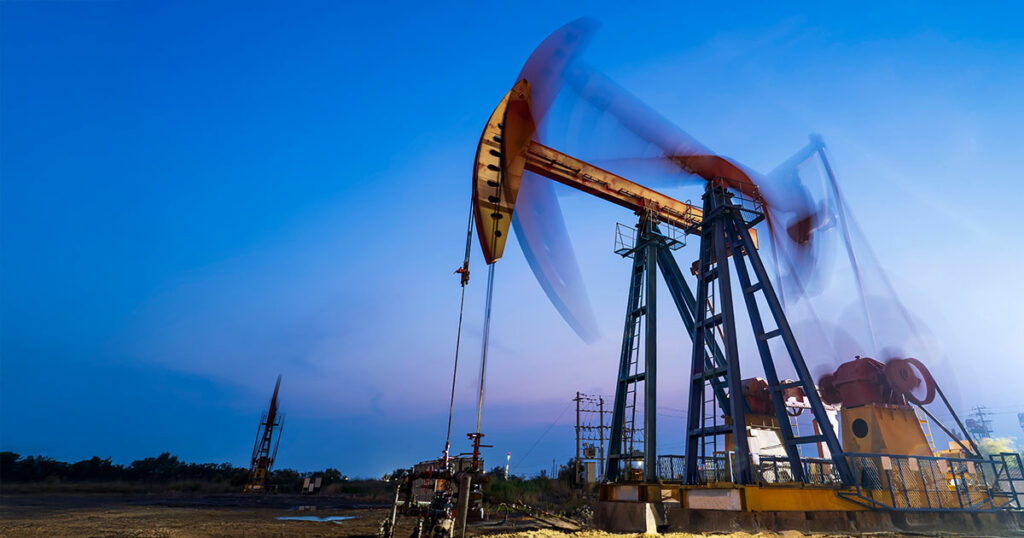Since 2018, the United States has remained the largest crude oil producer in the world, followed by Saudi Arabia, Russia, and Canada. The US also remains the top oil consumer at 20 million barrels per day. Over 75% of the total crude oil in the United States is produced by 6 states with a total of 32 states being involved in oil production.
In 2023, Texas produced 2 billion barrels of oil, accounting for nearly 43% of total domestic oil production.
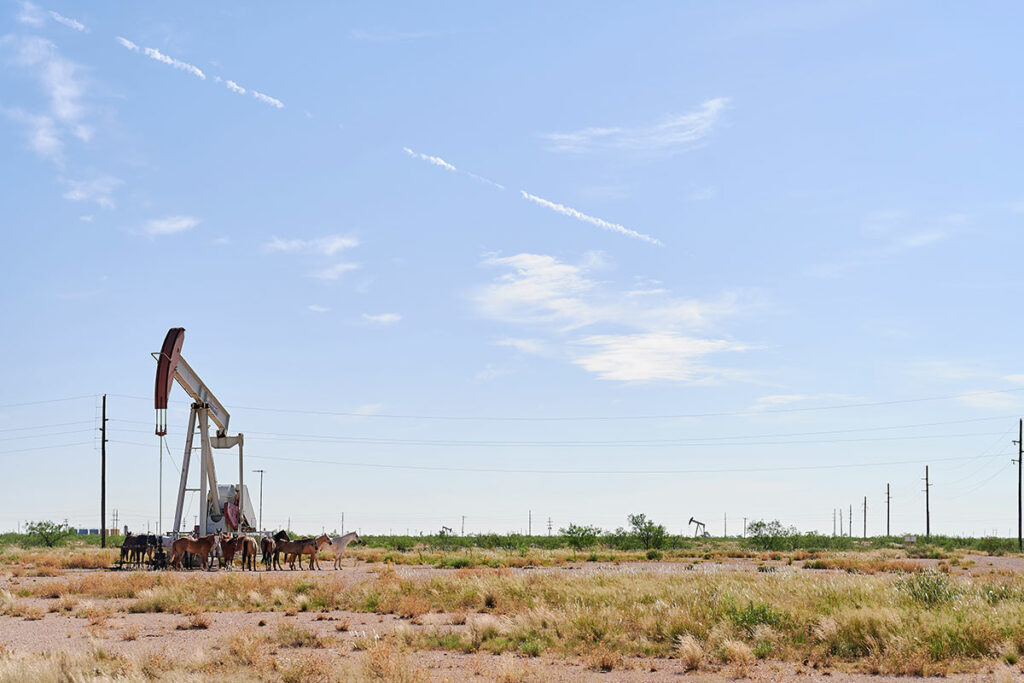
1. TEXAS
2.01 billion barrels annually (2023)
Oil drilling in Texas first occurred in 1866 at Oil Springs, near Nacogdoches in East Texas. In 1894, the Texas age of oil began with the first major discovery, Corsicana field, in East Texas. The first boom came in 1901 with Spindletop field in the Gulf Coast Basin. Today, the most oil rich Permian Basin accounts for over 50% of the total (onshore) oil production in the country. The Eagle Ford Shale play and Spraberry Trend continue to top oil plays and fields in Texas.
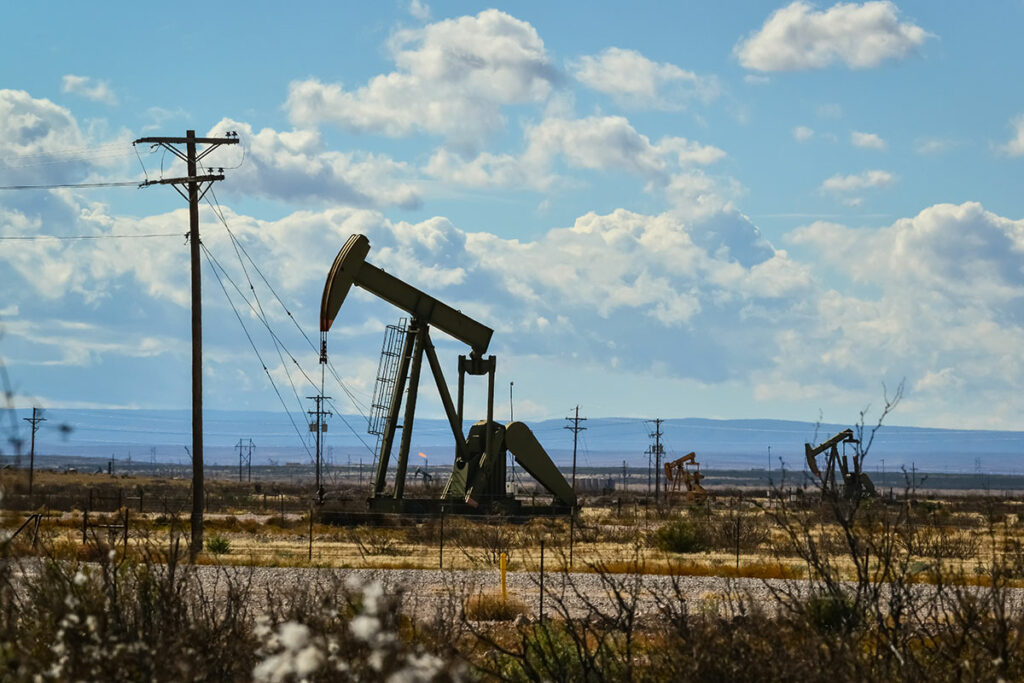
2. NEW MEXICO
665.55 million barrels annually (2023)
Not a quite close second is New Mexico with significant oil resources accounting for 14.1% share of total US production. Oil and gas were first produced in New Mexico during the 1920s. Oil production peaked in the late 1960’s but the oil and gas industry continues to be one of the largest private sector employers in the state. The vast majority of the oil in New Mexico comes from the Permian Basin, with a small amount resourced from the San Juan Basin. Two New Mexico counties with horizontal wells in Lea and Eddy in the Permian Basin were responsible for 17% of all onshore oil production in the lower 48 states last year.
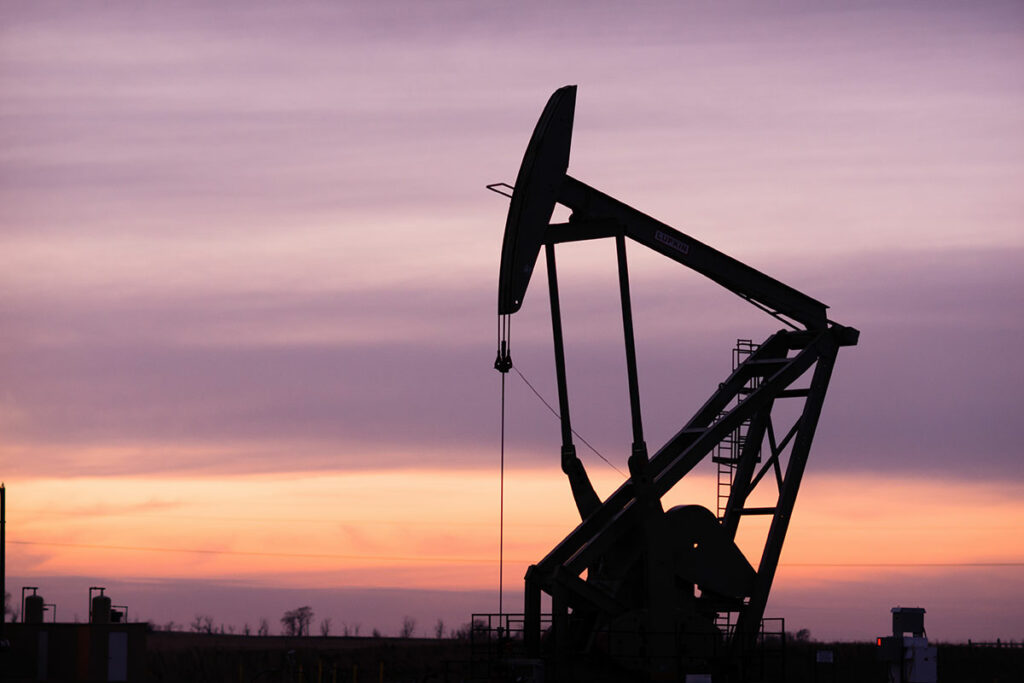
3. North Dakota
431.72 million barrels annually (2023)
The third largest crude oil producer in the nation can be attributed to the recent development of the Bakken Shale formation in the Williston Basin. The Bakken formation constitutes one of the largest deposits of oil and natural gas in the United States. The North Dakota oil industry dates back to the 1950s with production rising significantly since 2008.
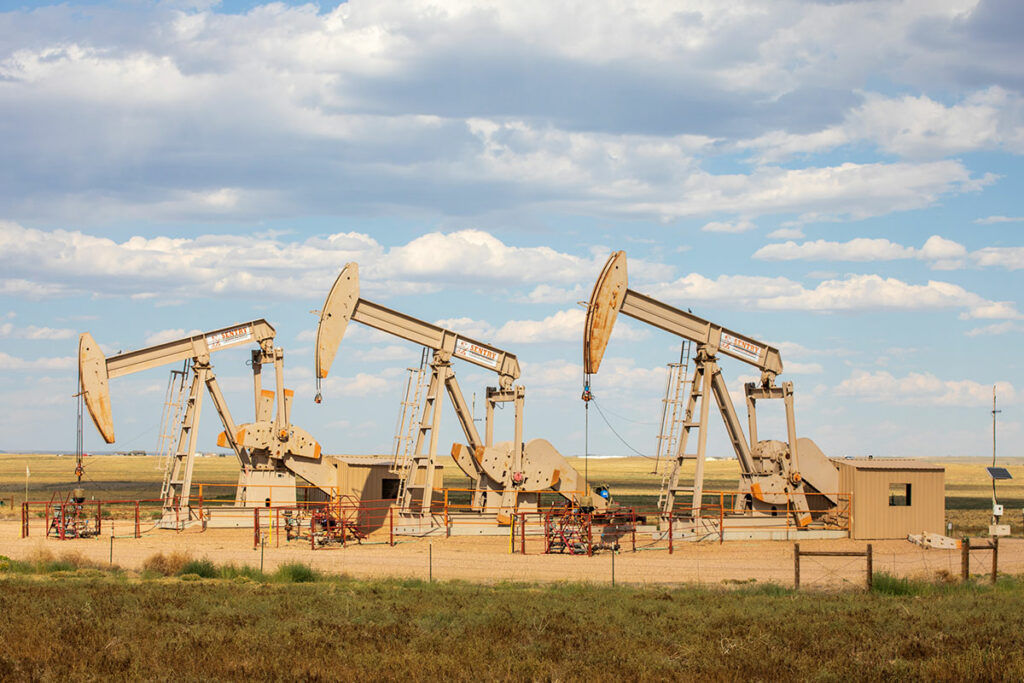
4. Colorado
166.79 million barrels annually (2023)
Colorado has nearly 4% of the nation’s economically recoverable crude oil reserves. Most of the production comes from the Niobrara Shale formation located in the Denver-Julesburg Basin in Weld county. Horizontal drilling and hydraulic fracturing technologies have allowed Colorado to double its oil production since 2010.
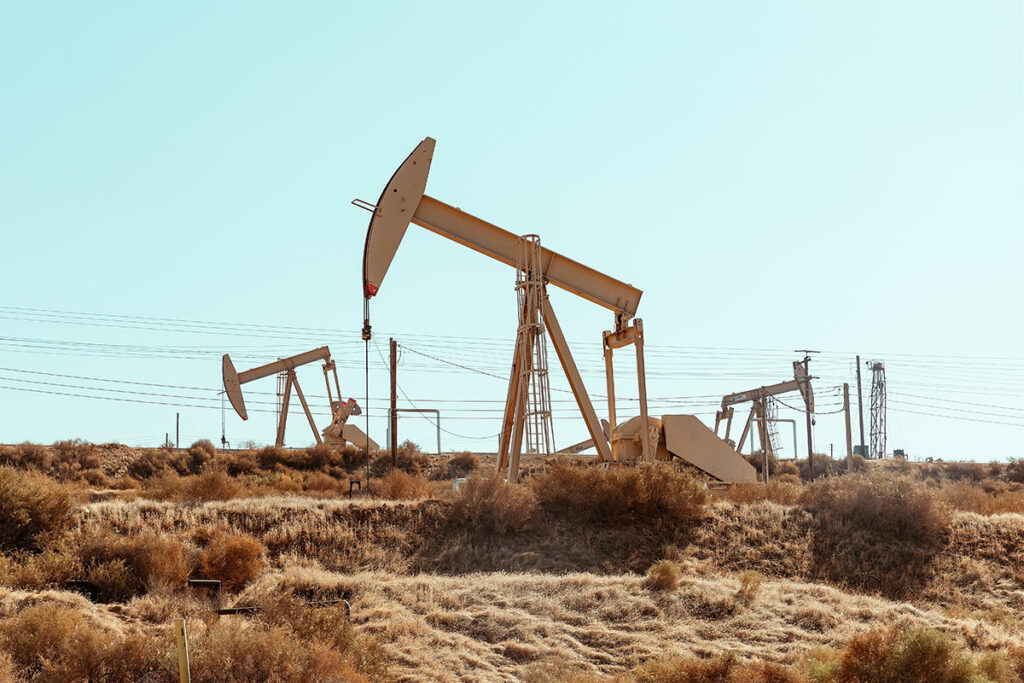
5. Oklahoma
156.78 million barrels annually (2023)
The first subsurface oil in Oklahoma was recovered by accident, in 1859, in a well drilled for salt near present-day Salina. The first commercial paying well, the Nellie Johnstone No. 1, was drilled in 1896 near Bartlesville (Washington County). Completed in 1897 as the discovery well for the giant Bartlesville-Dewey Field, the well ushered in the oil era for the Oklahoma Territory. Today, the majority o the oil and gas production happens in the STACK shale play.

6. ALASKA
155.47 million barrels annually (2023)
Oil production has been the primary source of economic growth in Alaska. The first major discovery of oil in Alaska was on the Kenai Peninsula at Swanson River in 1957. Not until 1967 and the discovery of the giant Prudhoe Bay oil field on Alaska’s North Slope, the state become a world-class oil production province. Two years after that, a nearby Kuparuk field made Alaska a major resource for crude oil in the world. Today, Prudhoe Bay remains the largest conventional oil field in North America.
2025 Oil Production Outlook
The U.S. Energy Information Administration (EIA) estimates crude oil production to average 13.59 million barrels per day in 2025, up from its original estimate of 13.55 million bpd.
The new administration looks to maximize U.S. oil production and expects the crude oil prices to fall in 2026.
Global liquid fuel consumption will rise by 1.4 million bpd in 2025 and 1 million bpd in 2026, led by India and China.

